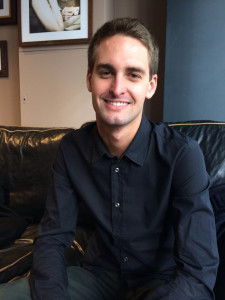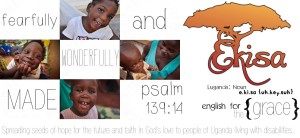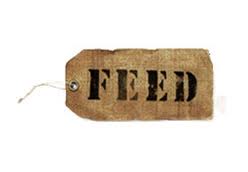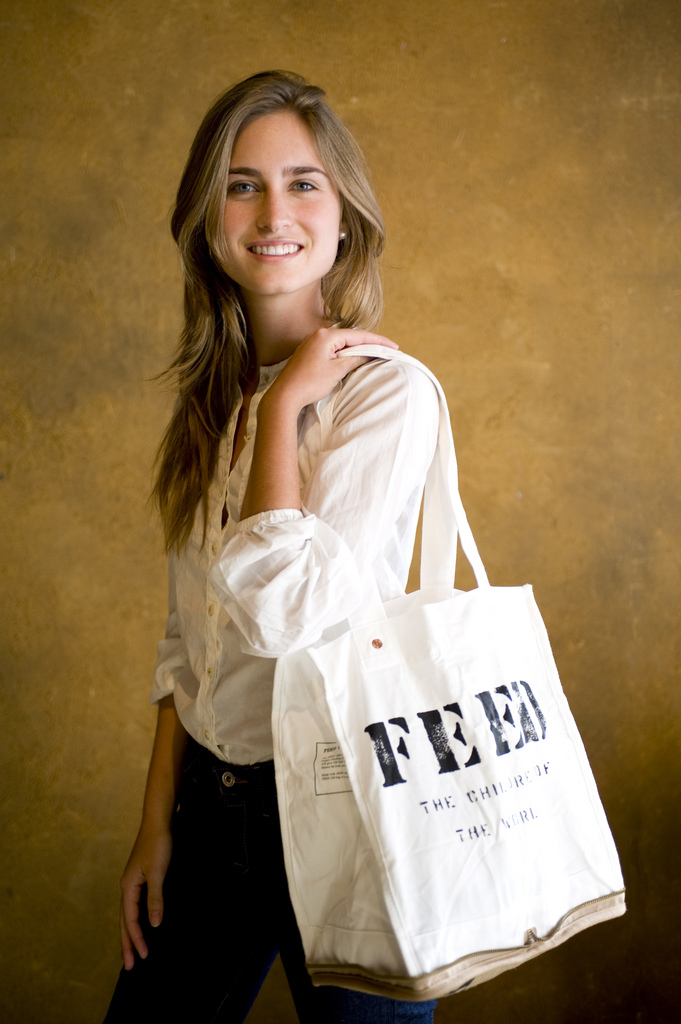Gregory Spencer is the 29 year old co-founder of The Paradigm Project. They are a non-profit organization that distributes clean, efficient cook stoves to developing countries. If you’re wondering why this is even important, it is because of a few main reasons. First, pneumonia is the biggest killer of children globally, and is often linked to indoor cooking smoke. Four million women and children die from it each year according to Paradigm Project’s website. Developing countries often either have to burn fuels that create a lot of emissions, or use non efficient stoves, or even open fires which create more smoke than a quality stove would. This is not their choice, but what they have to do to survive. Second, the stoves that Paradigm Project distributes make less smoke, so they are better for the environment since they help lower CO2 emissions. Their stoves also use less fuel, which means less trees need cut down. The stoves also save the impoverished families in fuel cost, allowing them to have money for other things.
Spencer is interesting to me since he is not a traditional entrepreneur, but a highly successful social entrepreneur. Social entrepreneurs can’t be ranked by the money they make, but instead by the impact they make on society. The statistics on their webpage of how their efforts are changing the world is very impressive. From the roughly 50,000 stoves provided since 2008, $23 million has been saved by families in reduced fuel bills, about 1.4 million trees have been saved, and an estimated 400,000 tons of CO2 have been offset. From the extra money from donations, they have also invested roughly $7 million into developing countries. His achievements are impressive, and why he was chosen to be in Forbes 30 under 30 social entrepreneurs in 2012. Another impressive thing to me is that as successful as his organization is, he is still highly involved. Management, strategic planning, communications, and being in the field are a few to name. Instead of hiring people to take on some of his responsibilities when his organization made it big, his passion for making the world a better place keeps him working hard, and strongly involved.











